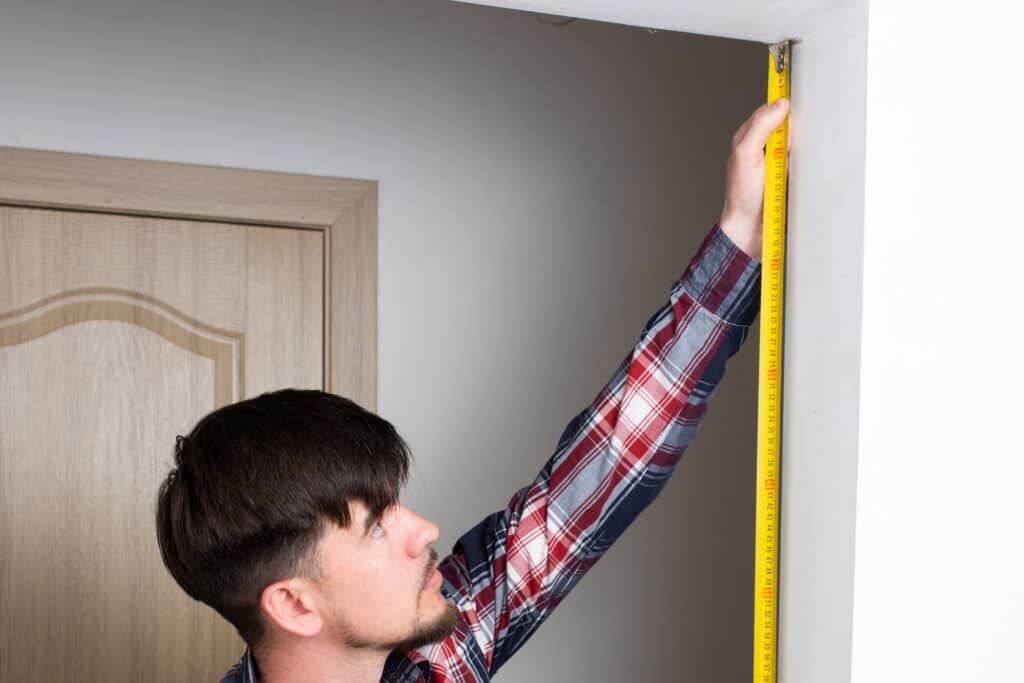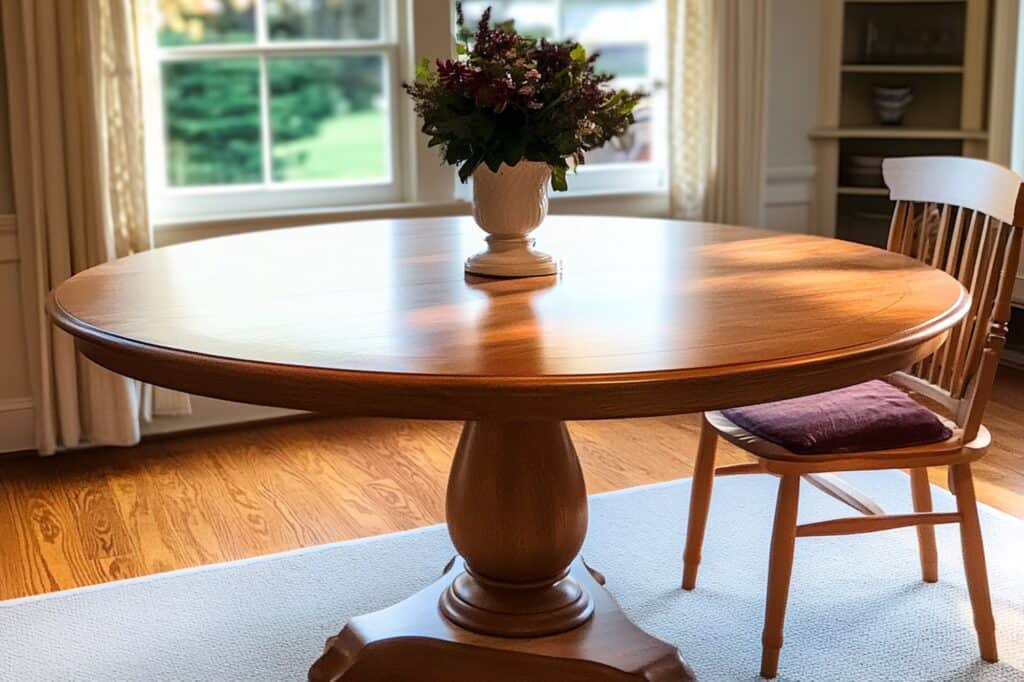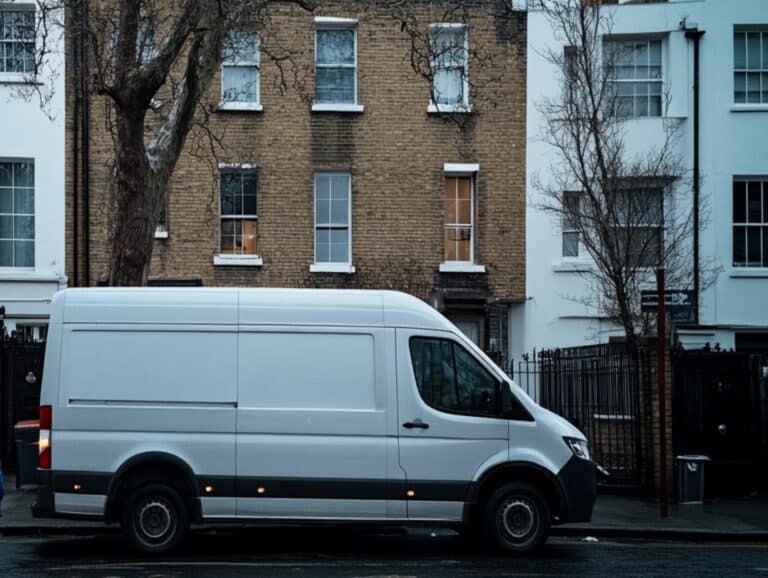Moving large furniture can be a daunting task, especially when relocating to a new house. This comprehensive guide on how to move large furniture when moving house provides essential steps for a safe and smooth transition. You’ll discover valuable tips on planning, disassembly, protection, and the effective use of tools. Whether you’re tackling this task yourself or considering hiring professional movers, this guide will equip you with the knowledge to handle your heavy furniture with ease.
Key Takeaways
- Measure all furniture and spaces in advance to prevent damage and ensure a smooth move, as this helps identify potential obstacles and ensures that all items fit through doorways and into rooms without causing property damage.
- Disassemble large items to make them easier to transport, and label all parts for simple reassembly, which minimises confusion and streamlines the setup process in your new home.
- Consider using furniture sliders and dollies, and hire professional movers for oversized items to ensure safety and efficiency, as these tools and services reduce the risk of injury and damage while expediting the moving process.
Measure and Plan
The first step in any successful move is meticulous planning, and that starts with accurate measurements. Gather comprehensive specifications about your large furniture items, including their height, width, depth, and any unique features. This information is invaluable for planning the transportation of these items.
Measure all doorways in both your old and new properties to ensure your large furniture can fit through them. Also, assess the space in the hallways and the floor area of the rooms in your new home. Identify potential obstacles like staircases or narrow corridors that could complicate the move.
Advanced planning reduces the need to move furniture multiple times and helps in deciding the best methods for holding, packaging, and potentially disassembling your items. Keep a tape measure handy on a moving day for any quick adjustments that might be necessary. Following these steps saves time and energy, ensuring a smoother moving day.

Disassemble Where Possible
Disassembling large furniture can be a game-changer. Evaluate whether disassembling each piece is necessary. Dismantling large items makes them lighter and more manoeuvrable, which is particularly useful for navigating tight spaces and staircases.
Remove all items from inside furniture units and pack them separately. Gather essential tools like a screwdriver and wrench beforehand. For large cabinets, consider separating the upper and lower sections if possible. Remove any cushions and detachable parts from sofas to facilitate easier movement. Label all parts and pieces during disassembly to simplify reassembly at your new location.
Photograph the disassembly process as a reference for reassembly. Store screws and small hardware components in labelled bags. Disassembling and organising your furniture pieces protects them from damage and makes the moving process more efficient.
Protect Your Furniture
Protecting your furniture during a move prevents damage. Inquire about how your furniture will be packaged for transport before moving house. Use bubble wrap, moving blankets, and packing tape to prevent scratches and damage. For wooden furniture, use protective materials to prevent scratches.
Protect the disassembled pieces when disassembling furniture. Wrap gym equipment parts with bubble wrap or moving blankets for protection. This keeps your belongings and property in top condition before and during the move.
Use furniture pads and moving blankets for bulky furniture to prevent scratches and dents. Protect the door frame, walls, and floors from potential damage when moving heavy items. This preserves the aesthetics of your new house and prevents additional repair costs.
Securely wrap tall items like wardrobes or bookcases to avoid damage during transit. Investing time in protecting furniture ensures it arrives in perfect condition at your new home.
Utilise Furniture Sliders and Dollies
Furniture sliders and dollies are indispensable for moving large furniture pieces. Furniture sliders move items across different flooring types without causing damage. They slide heavy furniture with minimal effort and prevent floor damage.
Using the right type of sliders is crucial. For carpets, specific sliders or even tinfoil can be effective. Heavy-duty dollies support large furniture pieces, making transport easier. These dollies often have a higher weight capacity, suitable for transporting heavier appliances and furniture.
Consider renting or purchasing a furniture dolly for heavy items. Dollies reduce the risk of back injuries and make the moving process smoother. Using furniture sliders and dollies protects furniture and floors while making the move less strenuous.
Navigate Tight Spaces
Moving large furniture through tight spaces can be one of the most challenging parts of a move. Position furniture vertically or at various angles to navigate tight spaces effectively. Angling furniture helps in manoeuvring through tight spaces, especially doorways.
If angling isn’t successful, disassemble parts like legs or handles to facilitate the move. Removing the door from its hinges can provide additional space for passage. Clear the path of clutter and any potentially slippery surfaces for safely moving furniture.
In extreme cases, hoisting furniture through a window or balcony might be an option, requiring careful planning to avoid property damage. Considering these strategies better prepares you to handle any tight spaces during your move.
Lift Safely
Improperly lifting heavy furniture can lead to serious injuries. Always lift with your legs, not your back, to minimise strain. Bend at the knees and keep a straight back to prevent injuries. Position your feet apart, with one leg slightly in front for better balance, to maintain a stable stance.
Keep the load close to your body to reduce strain. Have a secure grip and hug the load close to prevent slipping. Avoid twisting your torso; instead, turn your whole body by moving your feet. Lift smoothly to maintain control and minimise injury risk.
Ask a friend for help when moving heavy objects and large pieces of furniture to avoid injuries. Following these tips helps you lift safely and reduce injury risk during your move.
Moving Kitchen Appliances

Moving kitchen appliances poses unique challenges. Disconnect, clean, and dry appliances before moving. Seek professional assistance for disconnecting gas cookers to ensure safety. Defrost the fridge-freezer to prevent water damage and remove any stagnant water from washing machines or dishwashers to avoid leaks.
Tape the doors of kitchen appliances shut with durable tape for secure transport. Clean and remove glass shelves to prevent breakage. Always move appliances like washing machines upright to avoid damage.
Following these steps ensures your kitchen appliances are moved safely and arrive in good condition at your new house.
Loading into the Moving Truck
Careful planning is required when loading your furniture into the moving truck. Load heavy items against the walls to create a stable base. Distribute weight evenly throughout the truck to minimise shifting. Use packing straps to secure furniture and prevent movement while driving.
Use ramps and furniture dollies to move furniture easily and avoid flooring damage. Secure bulky furniture inside the moving truck with packing straps or rope. This protects your furniture and ensures the safety of your items during transit.
Following these tips helps you load your moving truck efficiently, making the moving process smoother and more organized.
Unloading and Reassembling
A designated unloading plan helps manage large pieces of furniture during the move. Label boxes with their contents and designated rooms for easier unloading. Pack smaller boxes and lighter items into gaps around larger furniture.
Plan where to unload and reassemble each piece of furniture ahead of time to save considerable time. Unload and reassemble in pre-planned locations for efficiency. Being organized makes the reassembly process quicker and less stressful.
Hiring Professional Movers to North London
For oversized or awkward items, consider hiring professional movers to avoid damage and ensure safety. Professional movers have experience in handling oversized furniture safely and can reduce the risk of property damage. The average cost of hiring professional movers for a one-bedroom home in the UK ranges from £400 to £800.
Inform your removals company about any oversized or awkward items and any packing concerns to ensure a smooth moving process. If you want to ease the burden of moving, you can hire furniture movers to ensure your items are handled with care.
Summary
Moving large furniture to North London doesn’t have to be a nightmare. With careful planning, proper disassembly, and the right tools, you can protect your furniture and navigate tight spaces effectively. Whether you choose to do it yourself or hire professional movers, these tips will help you handle the process with ease. Remember, the key to a successful move is preparation. By following the steps outlined in this guide, you’ll ensure a smooth transition to your new home in North London. Happy moving!
Frequently Asked Questions
How do I measure my furniture for a move?
To make your move smooth, start by measuring the height, width, and depth of your furniture. Don’t forget to check the dimensions of doorways and hallways in both places to ensure everything fits through easily.
Should I disassemble my furniture before moving?
Absolutely. Disassembling your furniture will make moving easier and more manageable. Just be sure to label everything and keep the screws organized for a smooth reassembly later!
How can I protect my furniture during a move?
To protect your furniture during a move, wrap it with bubble wrap, use moving blankets, and secure everything with packing tape. This will help prevent scratches and damage, keeping your belongings safe.
What tools can I use to move heavy furniture?
Using furniture sliders and dollies is the best way to safely move heavy furniture. They protect your floors and help you avoid strain while lifting.
Is it worth hiring professional movers for my move to North London?
Absolutely. Hiring professional movers can save you a lot of stress and protect your belongings, especially with those tricky oversized items. It’s a smart choice for a smoother move!






